There are several technology and business forces in-play that are going to derive and drive new sources of customer, product and operational value. As a set up for this blog on the Economic Value of Data Science, let’s review some of those driving forces.
- Artificial Intelligence holds the economic potential to drastic drive industry and business model disruptions. But having AI technologies is not sufficient, especially when most AI technologies are open source and readily available to everyone.
- Data is the source of economic potential, and the Data Lake is a source of latent value.However, data, like oil, needs refining in order to turn it into something of value, and that’s the role of Data Science.
- Data Science requires a highly iterative, rapid exploration, rapid testing environment that supports a fail fast/learn, continuous learning development approach that seeks to discover the drivers for success.
- Design Thinking is a complementary discipline to Data Science; the secret sauce that fuels that discovery, exploration, ideation and validation process between the data scientists and business and operational subject matter experts.
- Data Science requires more than just data scientists. Data Science requires a team that also includes data engineers (who are responsible for accessing, assembling, cleaning, aligning, normalizing, enriching and blending the data sources) and the business and operational subject matter experts (who have the tribal knowledge that guides the data science development process).
- Economics, when coupled with Data Science and Design Thinking, provides the frame – the connective tissue – against which to focus financial, technology and human investments in order to create new sources of wealth (value).
- The Big Data Business Model Maturity Indexprovides a benchmark and a roadmap for helping organizations to exploit the economics of data science to optimize business and operational processes, mitigate risk, uncover new revenue streams and create a more compelling customer / operator environment.
- The convergence of connectivity, flexible automation and the culture and economics of data science are the rocket fuel for the digital transformation that will differentiate winners from losers during the Fourth Industrial Revolution.
“Due to its ability to substantially improve productivity and boost economic output, Artificial Intelligence (AI) has the potential to increase economic growth rates by a weighted average of 1.7% and profitability rates by 38% across a variety of industries by 2035.
Source: NorthBridge Consultants “The Artificial Intelligence Revolution: New Challenges & Opport…”
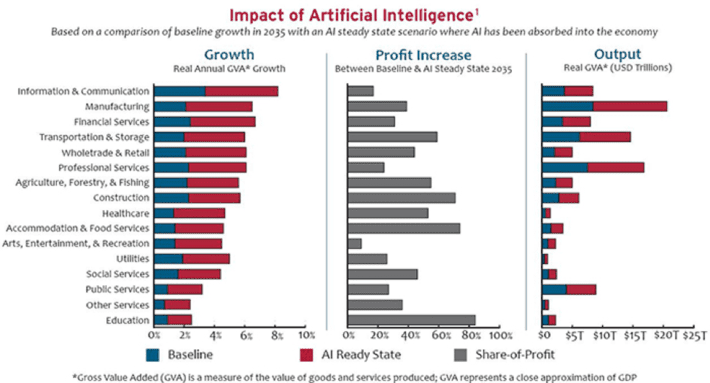
Figure 1: Source: “The Artificial Intelligence Revolution: New Challenges & Opportunities”
Data Science (Artificial Intelligence, Machine Learning, Deep Learning, Reinforcement Learning) holds the potential to exploit Big Data and IoT to create new sources of economic value (wealth). But what is the source of this economic value when the AI tools that are driving this economic growth (TensorFlow, Spark ML, Caffee2, Keras) are open source and equally available to all players? The equation for deriving and driving economic value isn’t having the Machine Learning, Deep Learning and AI frameworks, but is found in the organization’s ability to become more effective at leveraging data with Data Science to power the organization’s business and operational models.
Data Science is the Data Lake Monetization Engine
If data is the source of economic potential, then the data lake is a source of latent value (similar to how oil is a source of latent power). However, data, like oil, needs refining in order to turn it into something of value; to turn the data lake into a collaborative value creation platform that drives business and data science alignment to capture, catalog, transform, enrich and reuse the organization’s data assets (see Figure 2)
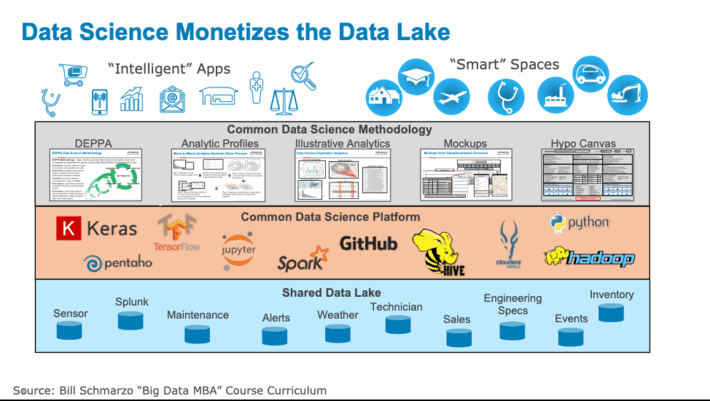
Figure 2: Data Science Monetizes the Data Lake to Create Intelligent Apps and Smart Spaces
For more details on determining the economic value of data, see the University of San Francisco research paper “Applying Economic Concepts to Determine the Financial Value of Your…”.
Data Science requires a highly iterative, rapid exploration, rapid testing environment that supports fail fast/learn, continuous learning development approach that seeks to discover the drivers for success. This data science development environment must be closely coupled with a data science development process or methodology that codifies trends, patterns, associations and relationships buried in the data (see Figure 3).
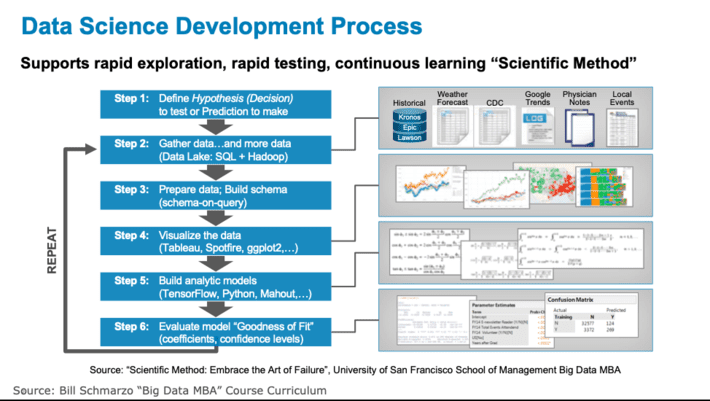
Figure 3: Data Science Development Process
The data science process is highly collaborative; the more diverse the business and operational subject matter experts involved in the process, the better the resulting models. The intimate involvement of the business users throughout the process ensures that the data science processes focuses on uncovering analytic insights that pass the S.A.M. test – Strategic (to the business), Actionable (can be acted on), and Material (value of acting greater than the cost). And the secret sauce to effectively exploiting the economics of data science is the tight integration of data science with design thinking to fuel that discovery, exploration, ideation and validation of the tribal knowledge buried in the heads of the subject matter experts (see Figure 4).
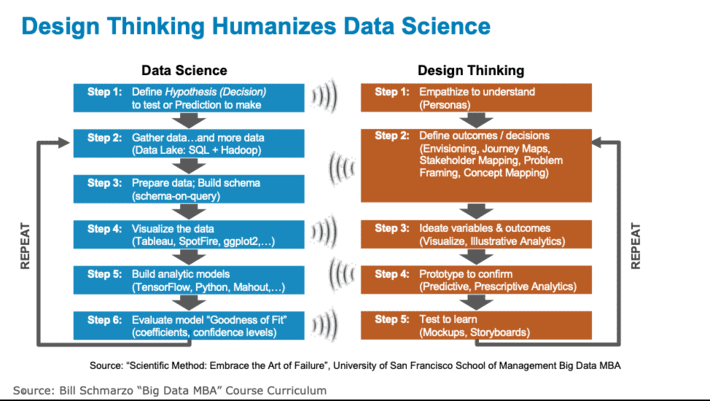
Figure 4: Design Thinking Humanizes Data Science
Creating a Data Science Community…and Culture
It is not just the data scientist alone who drives the economic value of data science. The economic value of data requires a data science community that includes data engineers, and business and operational subject matter experts who are collaborating to identify, validate, value and prioritize the business and operational analytics-drive use cases (see Figure 5).
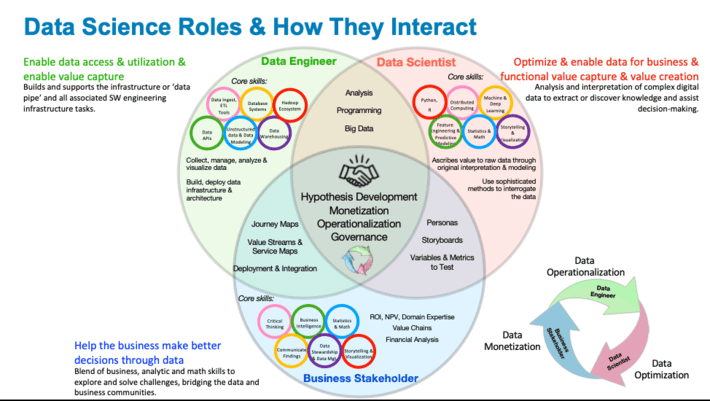
Figure 5: Creating a Data Science Community
And that is the key to exploiting the economic value of data science – it’s about creating a data science community, and an associated mindset, that is willing and able to ideate and execute around using data and analytics to power the organization’s business models.
Economics is the Most Powerful Concept in Business
Economics is about the creation of value (wealth). Economics provide a richer perspective that seeks to uncover new digital assets (data and analytic insights) that can be embedded into the organization’s products and operations in order to create new sources of customer and market value. The Big Data Business Model Maturity Indexprovides both a benchmark as well as a guide for helping the BU’s as well as the BU’s customers become more effective at leveraging the economics of data and data science to power their business models (see Figure 6).
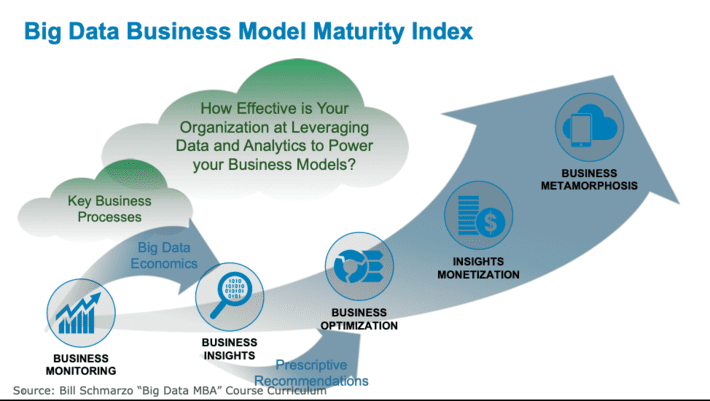
Figure 6: Big Data Business Model Maturity Index
The Big Data Business Model Maturity Index helps organizations leverage the economics of data and analytics by providing a value creation roadmap that guides organizations to become more effective at leveraging data and analytics to power their business and operational models. The Big Data Business Model Maturity Index helps organizations to apply data and analytics in order to:
- Optimize existing business and operational processes
- Mitigate compliance and security risks
- Leverage the insights gathered from business and operational optimization to create new sources of value (and revenue)
- Create a more compelling customer / operator experience through “intelligent” apps that learn via every customer / operator engagement
- Create “smart” places and products that leverages data, analytics and automation can self-monitor, self-diagnose and self-heal.
Call to Action
It’s “make or break” time for organizations. As highlighted in the McKinsey article “‘Lighthouse’ manufacturers lead the way—can the rest of the world ke…?”, the convergence of connectivity, flexible automation and intelligence (and the culture of data science) is the rocket fuel for the digital transformation that will determine winning and losing industrial companies.
To quote the article: “The largest factor here is related to the competitive advantage of front-runners, which by far outweighs the higher transition costs and capital expenditure related to the early adoption.” (see Figure 7).
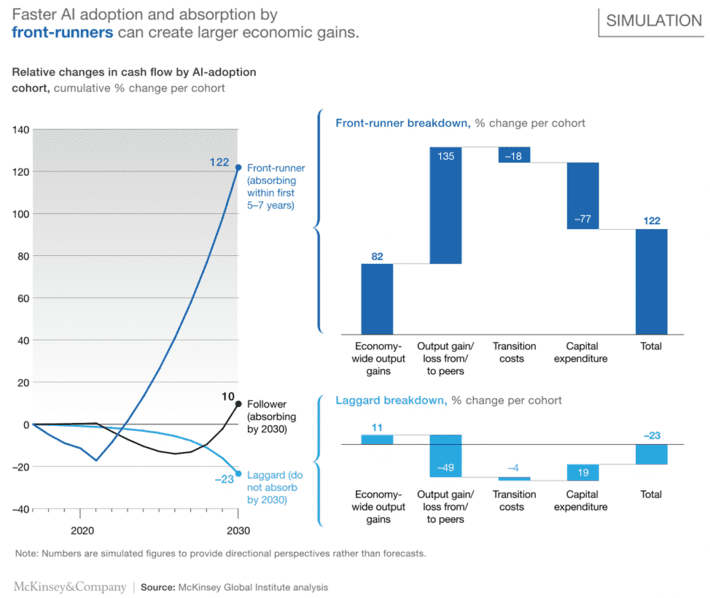
Figure 7: Faster AI Adoption Will Create Larger Economic Gains
How do organizations exploit the convergence of data science and the modern data lake to create new sources of customer, product and operational value (wealth)?
1) Engage Business Units and Business Stakeholders to create and share a common data lake and data science platform to uncover customer, operator, product and operational insights. This will help the Business Units in the immediate-term to optimize key business and operational processes while building towards the longer-term goal of creating “smart” spaces and products that self-monitor, self-diagnose and self-heal.
2) Create a Common Data Lake and Data Science Platform that becomes the “collaborative value creation” platform across all Business Units. Provide a common platform with the necessary data management, data engineering and data science software capabilities that enables:
- Harvesting, refining and sharing data management and data engineering best practices and drive data engineering tool set improvements
- Harvesting, refining and sharing analytic modules across multiple business and operational use cases
- Creating over-arching open source strategy for when and how to leverage the growing bounty of artificial intelligence, machine learning and deep learning analytic libraries and frameworks.
- Institutionalize the Hypothesis Development Canvasas a means to capture and monetize analytic patterns across Data Science engagements
3) Integrate Data Science methodology, templates and deliverables into the data lake and data science platform. Codify “Thinking Like A Data Science” methodology within the business community to enable data science and subject matter expert collaboration.
4) Create a Data Science Service Bureau to ensure data science execution consistency (methodology, deliverables, data science pods, data engineer and data scientist development) and the harvesting of the resulting analytics intellectual property (IP) in a manner that can accelerate the monetization of that IP (see Figure 8).
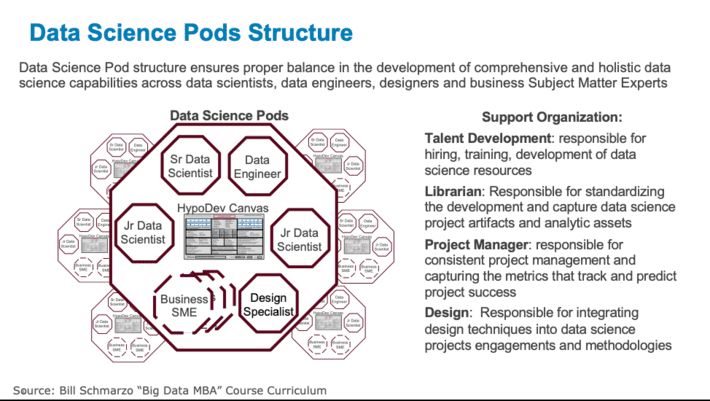
Figure 8: Data Science “Pods” Execution Teams
Yep, a straight-forward recipe for exploit the economic value of data science to deliver customer, product and operational insights that can derive and drive new sources of value creation for the organization.
